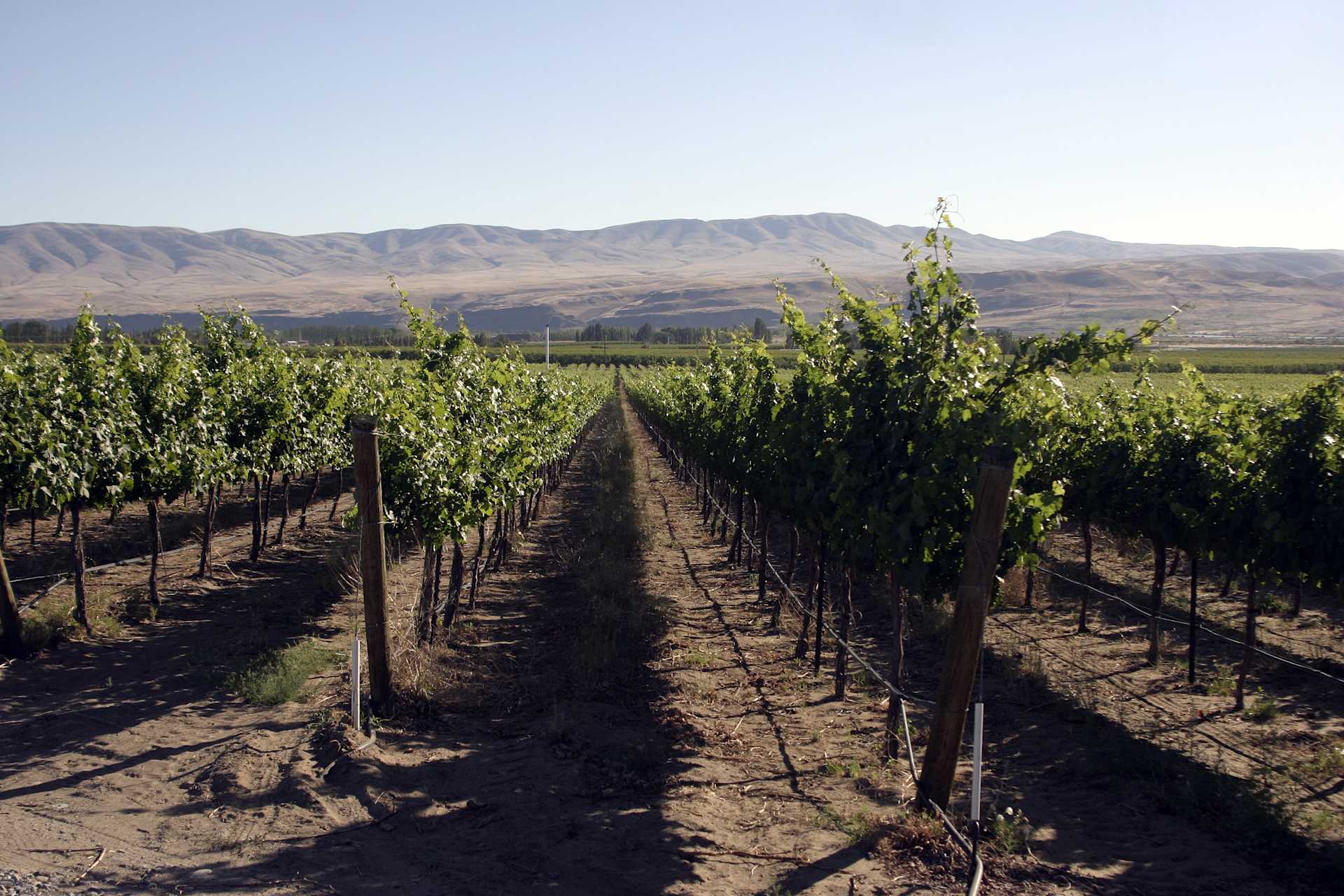Be Human Rose 2019



Product Details
Your Rating
Somm Note
Winemaker Notes
Be Human Cabernet Sauvignon Rosé has a pale color with pomegranate and dried herb on the nose. Hints of citrus and cranberry. Lively acidity on the palate showcasing the bright fruit character with a bit of minerality. Finishes crisp and clean.
Other Vintages
2020-
Robert
Parker



Be Human wines were brought to life with a simple, yet profound vision firmly planted in their creators' minds—to serve as a gentle reminder of life's core values and to unite people as a collective whole. These wines encapsulate the essence of celebration, embracing the diversity and shared experiences that define the human race.
Be Human wines are more than just a bottle of wine. They emerge as a symbol, a testament to the commitment of working harmoniously as a unified force, paving the way for a brighter future that encompasses all. Meticulously crafted with care and precision, these wines utilize only the finest grapes, culminating in a sensory journey that mirrors the intricate beauty and multi-faceted nature of the human experience.
The creators firmly believe in the power of their wines to bridge divides and foster a sense of connection, reminding us of our shared values and commonalities. They extend a heartfelt invitation, encouraging all to raise a glass in homage to the remarkable splendor and boundless wonder that defines the human race.

Whether it’s playful and fun or savory and serious, most rosé today is not your grandmother’s White Zinfandel, though that category remains strong. Pink wine has recently become quite trendy, and this time around it’s commonly quite dry. Since the pigment in red wines comes from keeping fermenting juice in contact with the grape skins for an extended period, it follows that a pink wine can be made using just a brief period of skin contact—usually just a couple of days. The resulting color depends on grape variety and winemaking style, ranging from pale salmon to deep magenta.

A large and geographically diverse AVA capable of producing a wide variety of wine styles, the Columbia Valley AVA is home to 99% of Washington state’s total vineyard area. A small section of the AVA even extends into northern Oregon!
Because of its size, it is necessarily divided into several distinctive sub-AVAs, including Walla Walla Valley and Yakima Valley—which are both further split into smaller, noteworthy appellations. A region this size will of course have varied microclimates, but on the whole it experiences extreme winters and long, hot, dry summers. Frost is a common risk during winter and spring. The towering Cascade mountain range creates a rain shadow, keeping the valley relatively rain-free throughout the entire year, necessitating irrigation from the Columbia River. The lack of humidity combined with sandy soils allows for vines to be grown on their own rootstock, as phylloxera is not a serious concern.
Red wines make up the majority of production in the Columbia Valley. Cabernet Sauvignon is the dominant variety here, where it produces wines with a pleasant balance of dark fruit and herbs. Wines made from Merlot are typically supple, with sweet red fruit and sometimes a hint of chocolate or mint. Syrah tends to be savory and Old-World-leaning, with a wide range of possible fruit flavors and plenty of spice. The most planted white varieties are Chardonnay and Riesling. These range in style from citrus and green apple dominant in cooler sites, to riper, fleshier wines with stone fruit flavors coming from the warmer vineyards.
